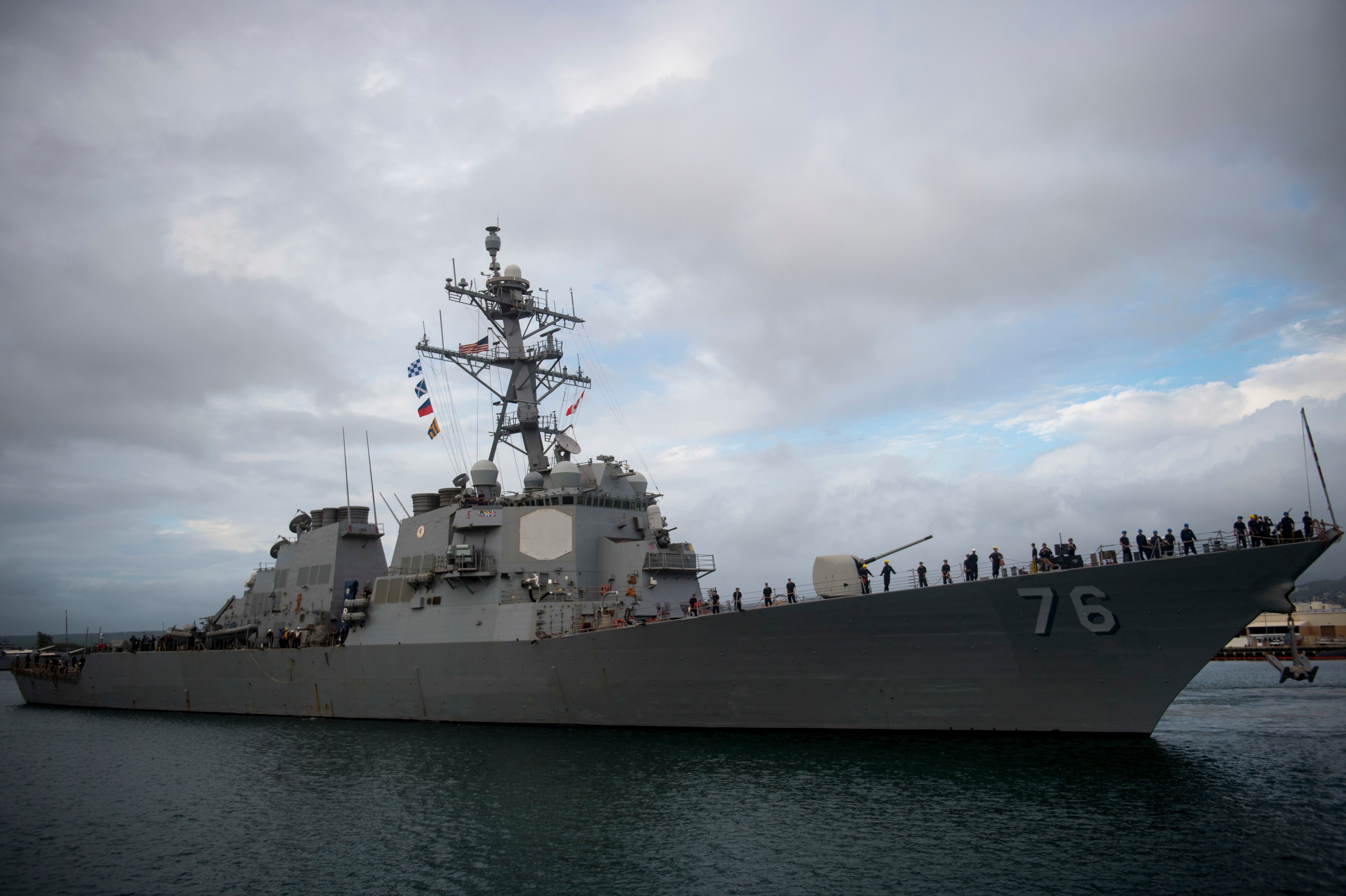
The Navy is doing preliminary design work on its Landing Craft Utility (LCU) replacement now to begin construction within about three years, in time to support one-for-one replacement on the surface connectors in 2022.
The LCUs were first built in 1959, and the 32 craft still in service average more than 43 years old – well over the 25 years of service life they were built for, Capt. Chris Mercer, amphibious warfare program manager at Naval Sea Systems Command, said at the Navy League’s Sea-Air-Space 2015 Exposition last week.
“We spend a lot of money keeping these things running. A lot of structural repairs, a lot of machinery repairs, and it’s time to invest in new,” he said.
Director of expeditionary warfare Maj. Gen. Robert Walsh echoed that sentiment during a different presentation at the conference, saying “we put them in drydock, and it costs a significant amount of money and we’re losing capability. For example on the LCUs, we used to be able to carry two tanks. Just this last summer we reduced that capability down to one tank.”
The LCUs serve as the “workhorse” of the surface connector fleet – they go slower but could originally carry 125 tons of cargo, two tanks, 10 light armored vehicles or more than 400 troops. Landing Craft Air Cushions (LCACs), on the other hand, can exceed 40 knots but only haul 60 tons.
Mercer, who will carry out the Surface Connector X Replacement (SC(X)R) acquisition program based on Walsh’s requirements, said an analysis of alternatives was conducted last year, with the Navy and Marine Corps deciding on “a modified repeat of the LCU – rugged, reliable, designed for ease of maintenance and repair, fuel-efficient, with a high payload, able to do independent operations and really no impact to the infrastructure of the [Assault Craft Units].”
The Navy is currently in the preliminary design review, Mercer said, with Walsh adding the SC(X)Rs – also called LCU 1700s – would come off the production line in time for one-for-one replacements starting in 2022. Production of the LCAC replacements, the Ship-to-Shore Connectors (SSCs), is two years ahead and is also a modified repeat.
“We are replacing them both in-kind while leveraging today’s technology to make these new craft more efficient, easier to operate and maintain,” Walsh said.
Naval Sea Systems Command has already begun seeking industry feedback on SC(X)R components to help meet Mercer’s and Walsh’s requirements to be more efficient and require less maintenance. One request for information, dated April 16, asks for a low-electromagnetic inference light emitting diode (LED) system “to support the design of the LCU 1700 leading to the start of construction within the next three years.”
A March 18 request for information seeking anchor winch systems asks for weight reduction if possible, as the Navy is hoping to “accommodate an increase of the craft approach speed into the beach from the present 6.3 knots to 10 knots threshold or 11.6 knots objective.”





